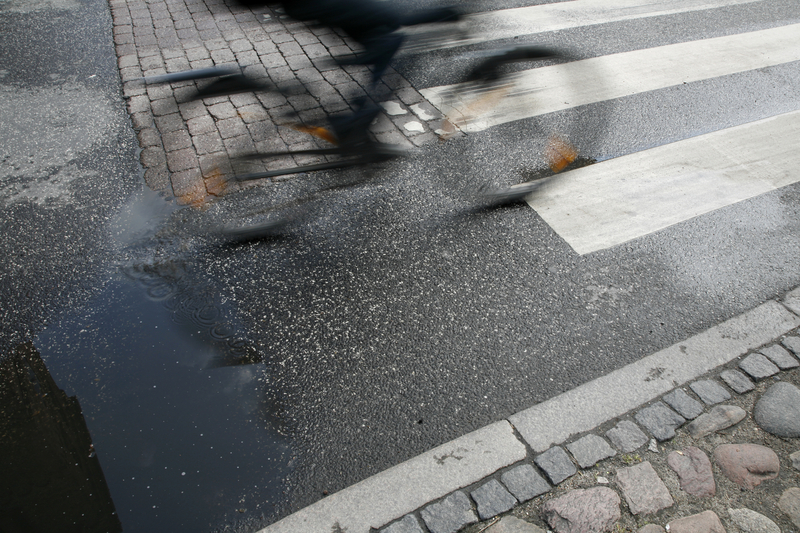
Q-Free has won a four-year deal to set up electronic bicycle-activated warning signs at 16 different locations in the Scottish city of Glasgow. Flashing signs will warn drivers that cyclists are approaching an upcoming road junction or travelling in the cycleway ahead, a useful safety feature in places where forward visibility is compromised by intrusive street furniture or building lines.
According to Christine Francis, Glasgow City Council’s head of technical services: “Safety is seen as the main barrier to people cycling more frequently, so improving cyclist safety is a cornerstone of our efforts to promote a shift to more sustainable forms of transportation.”
The project, which began in 2016 with the aim of creating a city where cycling is accessible and safe, has led to "an integrated system that gives priority to cyclists at signalised crossings,” says Francis. “Glasgow City Council was the first local authority in the UK to install cycle activated electronic signage on the road network (and) we have (now) installed these at further 16 locations around the city to help improve safety for cyclists.”
Glasgow's warning system uses Q-Free's HI-TRAC CMU bicycle detection solution and in-road piezo-electric sensors located approximately 25m away from every road leading to a major junction. When the sensors detect a cyclist approaching, they trigger flashing lights on triangular warning signs telling drivers to be aware. Each location uses as many as three signs and the accompanying sensors.
The accuracy of the Q-Free equipment has also led to the replacement of Glasgow's suite of induction loop cycle counters and the project team says that findings from an early installation at a junction show vehicle and cycle conflicts were reduced from 17% to 8%, while the number of vehicles failing to yield to oncoming cyclists fell from 35% to 22%.
The sites were selected based on historical data and the potential to prevent incursions between bikes and other vehicles. The system is also being deployed at pedestrian underpasses to warn cyclists to slow down and be cautious of people on foot.
"The installation could not be timelier, or more urgent," concludes Q-Free. "A report by the Glasgow Indicators Project, a collaboration between local partners including Glasgow’s City Council, indicates a 111% increase in bicycle trips into and out of the city between 2009 and 2018 representing an average increase of 12% per year. We’re confident that this solution will make a difference to the lives of Glaswegians and protect cyclists."












